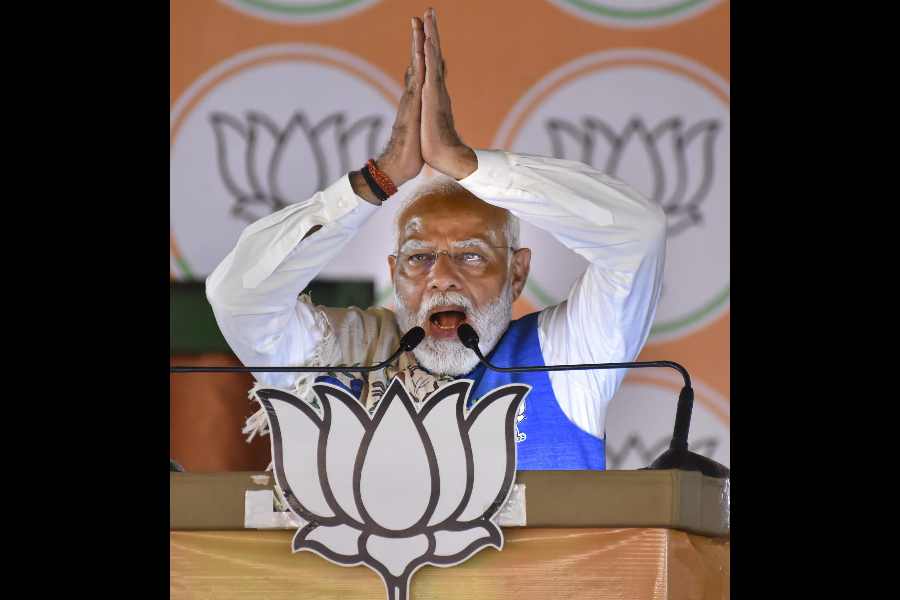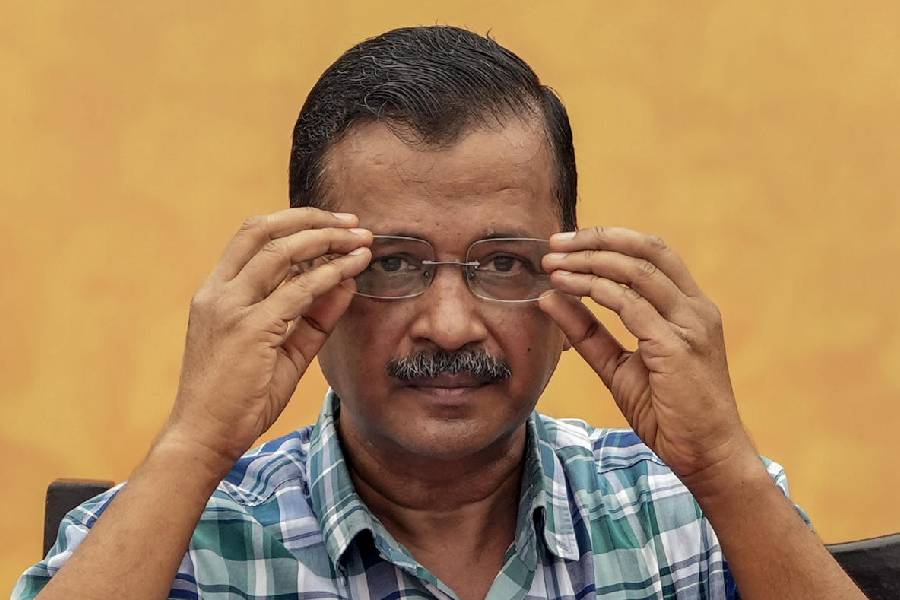Several huge water tanks, similar in shape to ones fitted in homes but larger, stacked along the EM Bypass have caught the attention of commuters who wondered about the usage of the tanks.
Kept there for more than a week, these tanks will be used to conduct the load test of a stretch of the New Garia-Airport Metro line that is yet to be commissioned. The tanks are kept near the Ruby General Hospital crossing of the Bypass.
A load test assesses the load-bearing capacity of elevated structures like bridges, flyovers and elevated Metro corridors.
Sixty tanks, each with a 10,000-litre capacity, will be used for the load test, a senior engineer of the Rail Vikas Nigam Limited (RVNL), the agency building the New Garia-Airport Metro. At present, 35 tanks have been kept on a portion of the Bypass that is cordoned off. The rest will come later.
“There is a 76-metre steel bridge which forms a section of the Metro corridor. We have to do a load test of the steel bridge to see if the construction has been as per design and it is safe to run trains on that section,” said the RVNL engineer.
An engineer of the Kolkata Metropolitan Development Authority (KMDA), previous custodians of the EM Bypass, said the 76-metre stretch will not have any pier supporting it from the ground since it runs over a canal. Putting together the steel bridge was an engineering challenge and a load test is necessary since such a long span has piers supporting them from below usually.
The RVNL engineer said load tests were traditionally done by using sandbags and concrete blocks. The bags and blocks were taken above the elevated structure and put there. “Taking a concrete block or hundreds of sand bags above an elevated structure is a far more arduous task than taking an empty water tank,” said the engineer.
An empty tank of 10,000-litre capacity weighs about 200kg. Once they are filled, each of them will weigh about 10,000kg, said engineers. “We have been using water tanks in our projects in Calcutta for the last three years. They are easy to use and the process becomes faster,” said the RVNL engineer.
The empty tanks will taken above and filled. But the RVNL also plans to use steel structures, besides the water tanks and place them above the
76-metre stretch for the load test.
RVNL has already applied to the traffic wing of Kolkata Police for the load test, said the engineer.
Commercial services are now running on the New Garia and Ruby stretch of the New Garia-Airport Metro.










